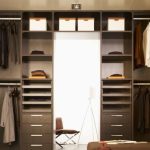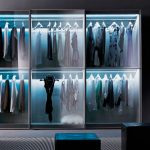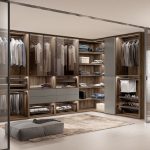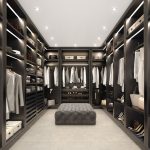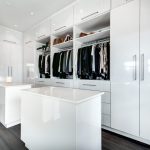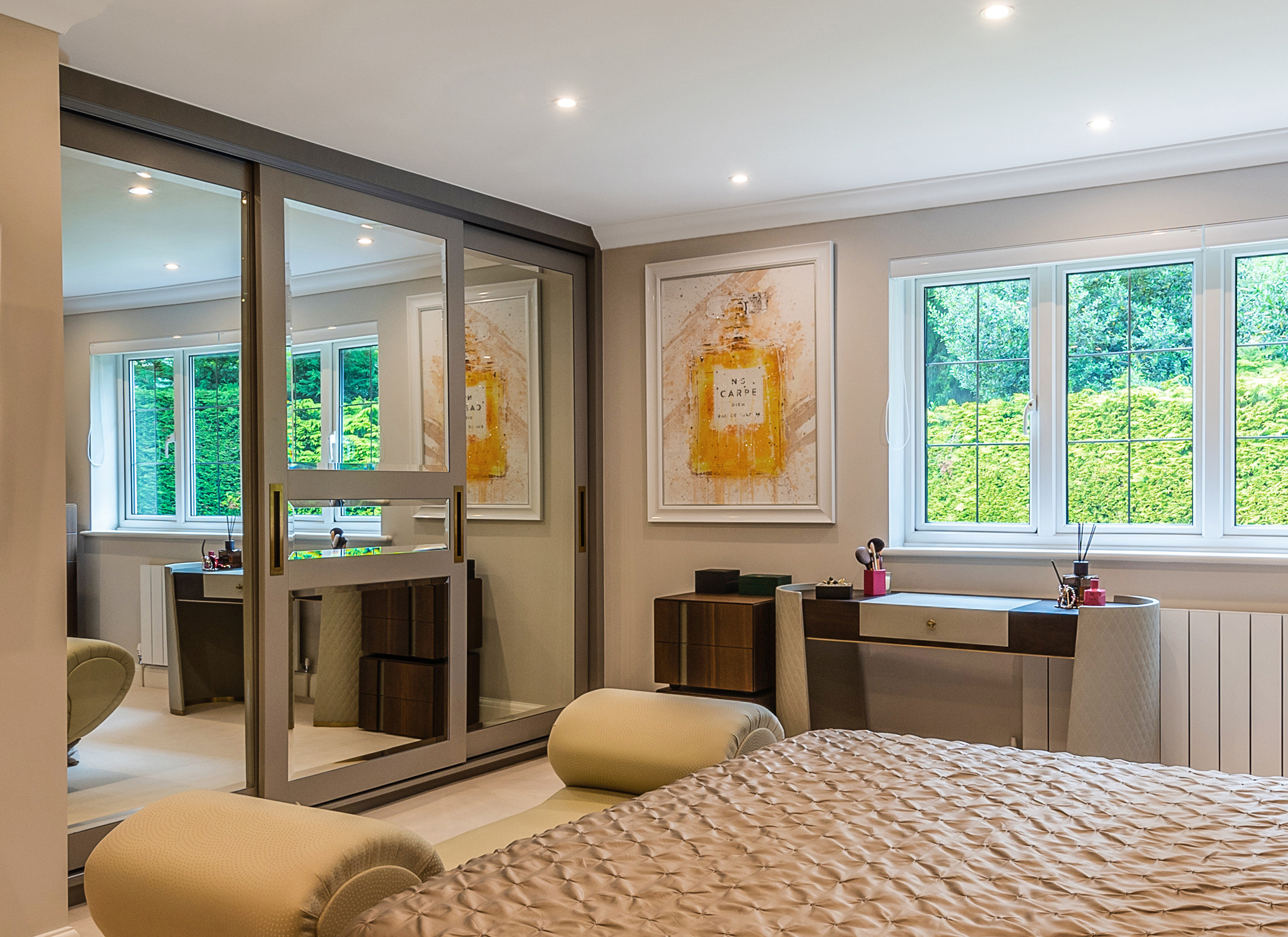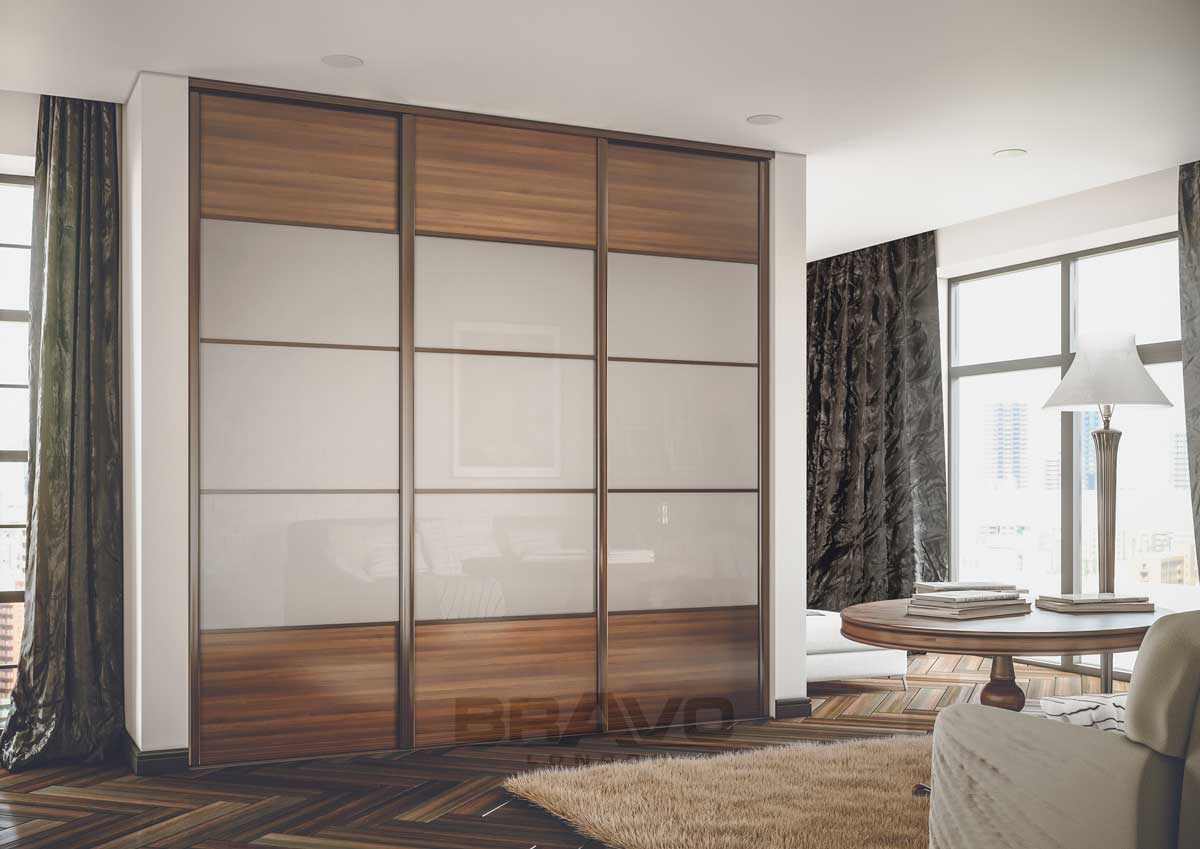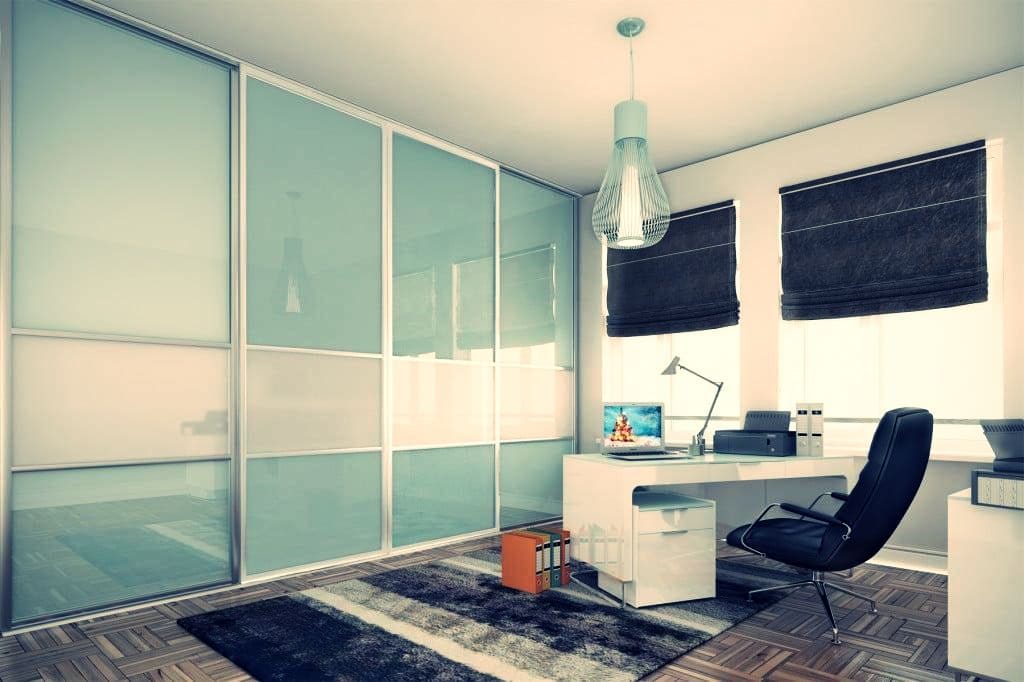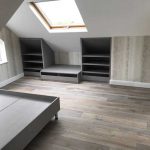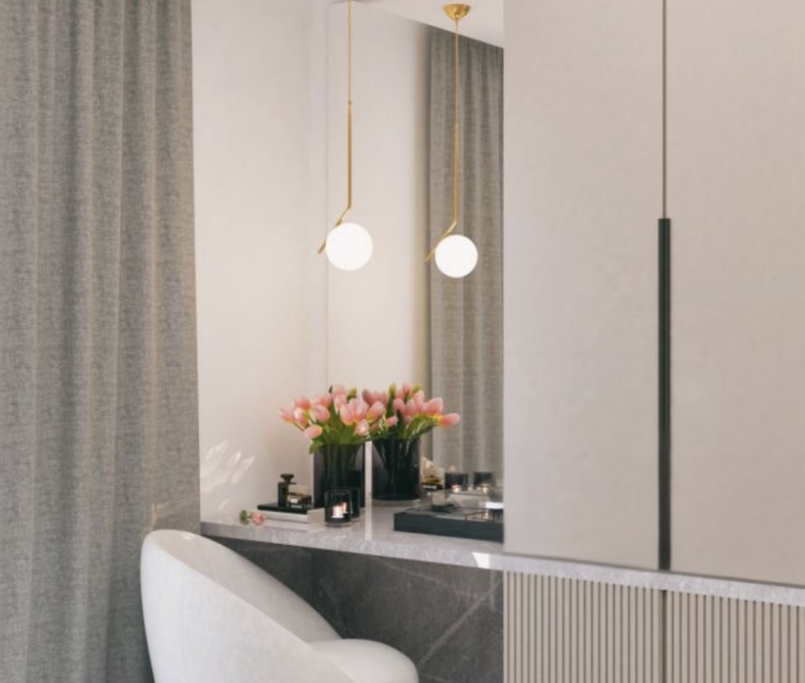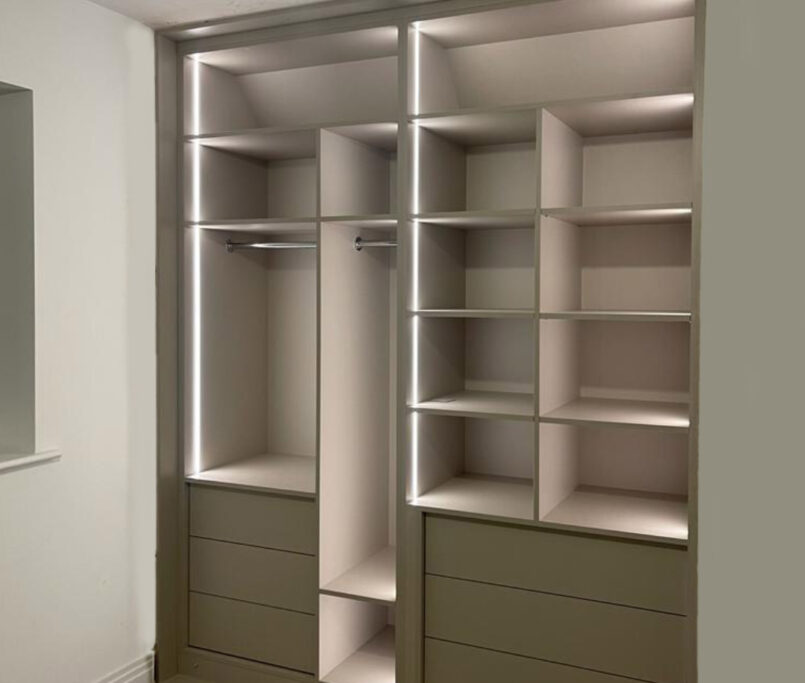Top Materials for Sliding Wardrobe Doors: Profiles and Options
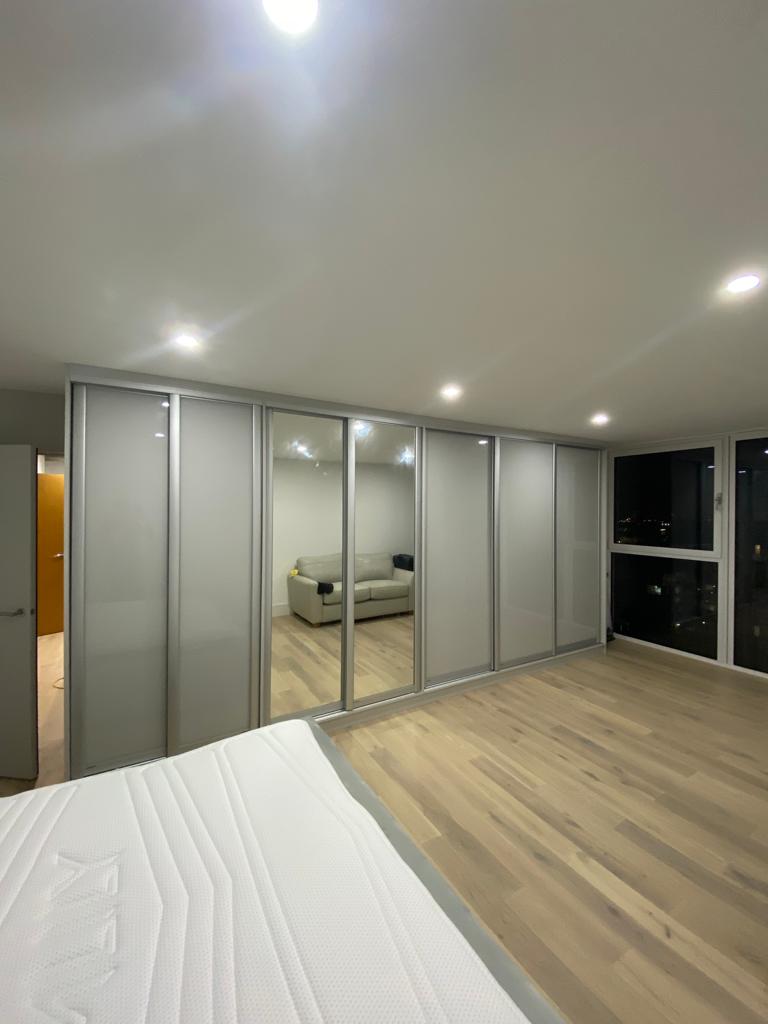
Introduction
Sliding doors are a practical and stylish addition to any bedroom and a wardrobe, offering a sleek way to save space and organize your belongings. Choosing the right materials and profiles for these doors is crucial to ensure durability, functionality, and aesthetic appeal. This comprehensive guide will explore the top materials for sliding wardrobe doors and the different profiles available to help you make an informed decision.
Top Materials for Sliding Wardrobe Doors
Glass
Glass sliding wardrobe doors are a popular choice for their modern, sleek appearance. They can make a room look more spacious and are available in various finishes, including frosted, tinted, and clear.
- Benefits: Modern look, easy to clean, customizable finishes.
- Drawbacks: Can be heavy, requires regular cleaning to prevent smudges.
Mirror
Mirrored sliding wardrobe doors are excellent for small rooms as they can make the space appear larger and brighter. They double as a full-length mirror, adding functionality to the aesthetic appeal.
- Benefits: Enhances space perception, multi-functional, brightens the room.
- Drawbacks: Prone to fingerprints and smudges, heavier than other materials.
Wood
Wooden sliding wardrobe doors offer a classic and timeless look. They can be made from solid wood, plywood, or MDF (Medium-Density Fiberboard), and can be stained or painted to match any decor.
- Benefits: Versatile design options, durable, warm aesthetic.
- Drawbacks: Can be heavy, requires maintenance to prevent warping.
Laminate
Laminate sliding wardrobe doors are a cost-effective alternative to wood. They come in a wide range of colors and finishes, including wood grain, giving you the look of wood without the high price.
- Benefits: Affordable, easy to maintain, wide variety of finishes.
- Drawbacks: Less durable than real wood, can look less authentic.
Acrylic
Acrylic sliding wardrobe doors are lightweight and come in a variety of vibrant colors and finishes. They are durable and can withstand impact better than glass.
- Benefits: Lightweight, impact-resistant, vibrant colors.
- Drawbacks: Can scratch easily, less luxurious feel compared to glass or wood.
PVC
PVC sliding wardrobe doors are another budget-friendly option. They are lightweight, easy to clean, and resistant to moisture, making them ideal for humid environments.
- Benefits: Affordable, moisture-resistant, easy to maintain.
- Drawbacks: Less durable, limited color options.
Types of Profiles for Sliding Wardrobe Doors
Aluminum Profiles
Aluminum profiles are a popular choice due to their strength and lightweight nature. They offer a modern look and can be powder-coated in various colors.
- Benefits: Lightweight, strong, modern look.
- Drawbacks: Can be more expensive, cold appearance.
Steel Profiles
Steel profiles provide a robust and durable frame for sliding doors. They are often used for larger doors that require additional strength.
- Benefits: Extremely durable, supports heavy doors.
- Drawbacks: Heavier than aluminum, prone to rust if not treated.
Wooden Profiles
Wooden profiles can be used to frame wooden doors or add warmth to glass or mirrored doors. They can be stained or painted to match the door panels.
- Benefits: Warm and classic look, versatile.
- Drawbacks: Requires maintenance, can be heavier. Aluminum profiles are a winner here.
Plastic Profiles
Plastic profiles are a budget-friendly and lightweight option. They are available in various colors and finishes to match the door material.
- Benefits: Affordable, lightweight, easy to install.
- Drawbacks: Less durable, can look less premium.
Choosing the Right Material and Profile for Your Sliding Wardrobe Doors
Consider Your Space
Assess the size and style of your room to determine the best material. For small spaces, mirrored or glass doors can enhance the sense of space, while wooden doors add warmth to larger rooms.
Match Your Decor
Choose materials and profiles that complement your existing decor. Wood or laminate doors work well in traditional settings, while glass and aluminum are perfect for modern interiors.
Think About Maintenance
Consider how much maintenance each material requires. Glass and mirrors need regular cleaning to look their best, while wood may need occasional polishing or treatment.
Budget Constraints
Laminate and PVC are more budget-friendly options, while wood, glass, and aluminum might require a higher investment but offer greater durability and aesthetic appeal.
FAQs
What are the most durable materials for sliding wardrobe doors? Wood and glass are highly durable materials, with wood providing robustness and glass offering both strength and aesthetic appeal when treated correctly.
Can sliding wardrobe doors be customized? Yes, sliding wardrobe doors can be customized in terms of materials, finishes, and profiles to match your specific needs and preferences.
Are mirrored sliding wardrobe doors safe? Modern mirrored sliding doors are made with safety glass, which is designed to break into small, less dangerous pieces if shattered.
What profiles are best for heavy sliding doors? Steel profiles are the best for heavy sliding doors due to their strength and ability to support significant weight. However, aluminum profiles are more durable and efficient.
How do I maintain wooden sliding wardrobe doors? Wooden doors should be regularly dusted and occasionally polished. If the wood is untreated, it might need periodic oiling or waxing.
Are acrylic sliding wardrobe doors scratch-resistant? Acrylic doors are more prone to scratching than glass, but they are lighter and more impact-resistant.
Conclusion
Selecting the right materials and profiles for sliding wardrobe doors is essential for creating a functional and stylish storage solution. Whether you prefer the modern appeal of glass, the classic look of wood, or the cost-effectiveness of laminate, there is a perfect option for every home. Consider your space, decor, maintenance needs, and budget to make the best choice.


